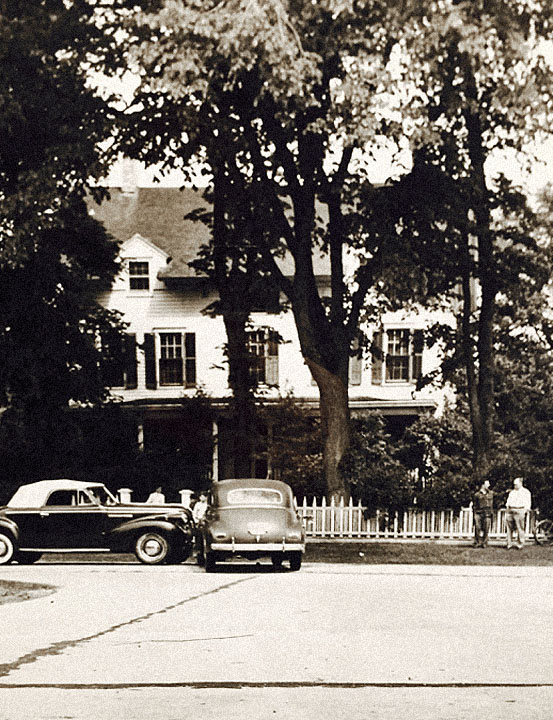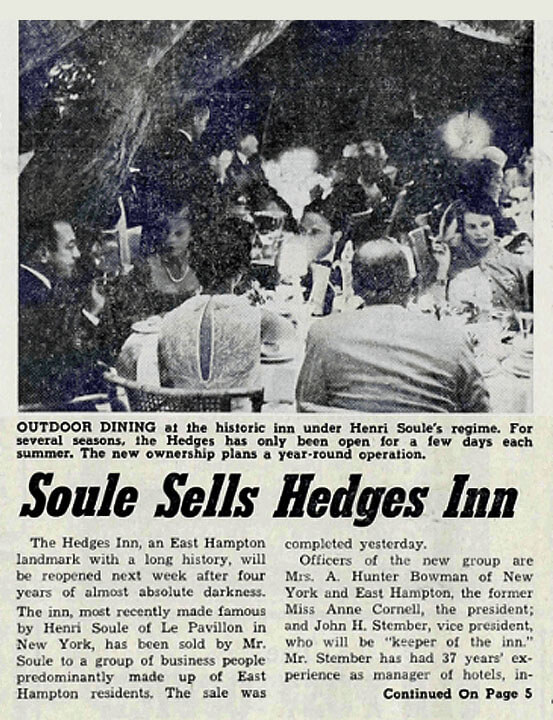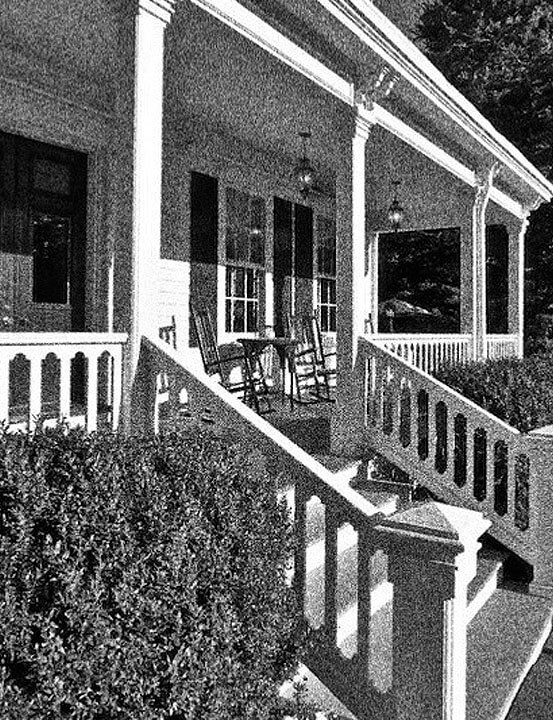About Us
The Story Of A House
William Hedges
William and Rose Hedges, along with their children flee Maidstone, England to make their home in the new American Colonies. These English farmers first landed in Massachusetts, but by 1644 they had settled in the town of Southampton. A few years after that they make their way east to become a founding family of East Hampton.
In 1652, the village of East Hampton, apportioned meadow lands to William Hedges and a few others. An important citizen in this new settlement, by 1663 he was appointed the Constable. The “eyes and ears” of the town, finding evidence and recording facts on which to make a ruling.
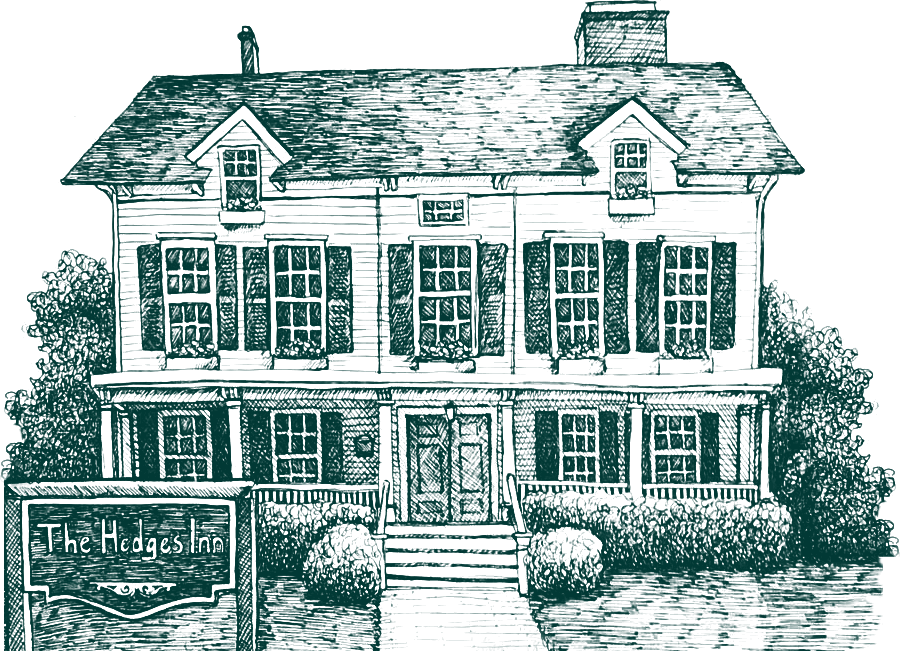
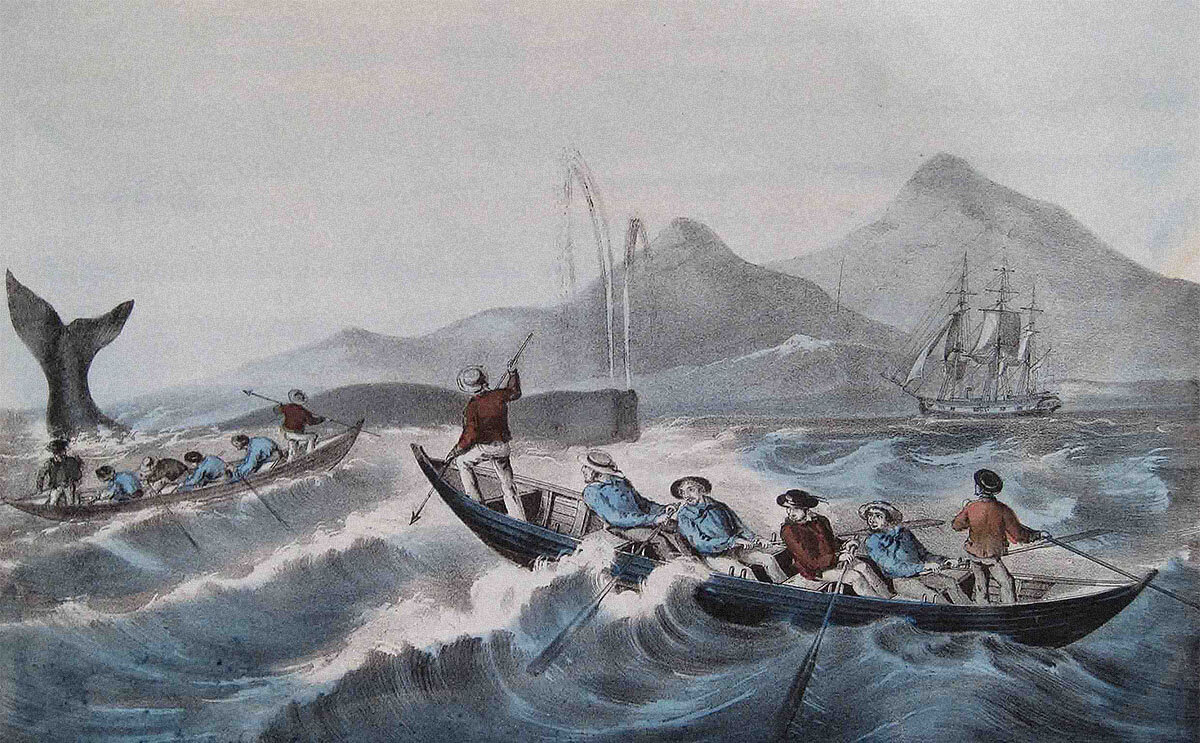
Farmers & Captains
Farmers by trade, but adventurers at heart, a total of 9 Hedges men became whaling boat captains. Whaling became the most important and lucrative industry in East Hampton, but it was also the most dangerous. Many a crew were never to be seen again once they hooked a whale, and were brought out to sea.
By all accounts, the Hedges men were great sailors, and a few even sailed around South America to San Francisco, and back. Daniel Hedges’ ship was taken by the French and taken prisoner.
Following the Battle of Long Island, when the British invaded, Matthew Hedges and his family sailed to Connecticut with 5,000 others. From there he joined the Revolutionary War, and fought on behalf of the Colonies.
The Barn & Cellar
Reputed to be older than Home Sweet Home, the barn at the rear of the Inn was known as “The Shop”. The Hedges were shoemakers, in addition to being farmers, and had a monopoly on keeping the village shod. Evidence indicates that they were very successful too, sending shoes as far as Connecticut. In the 1930’s the old account book was found, going back in pounds, shilling and pence back to 1726. It was discovered in an old trunk under the eaves of the attic.
Older than the Barn, the 17th century cellar was a stop on the underground railroad, when the Hedges family offered food and shelter in exchange for labor on their farm. In the 1950’s, our cellar was the envy of the world when it housed an impressive collection of French wine, including back vintages of Petrus.

Mrs. Hedges & Her Boardinghouse
In 1873, John D. Hedges married the village belle and beauty, Caroline Isabella Homan. He inherited his father’s “new” 1774 home, and added the 2nd & 3rd stories for the purpose of being a boardinghouse for his new bride to run.
Here Mrs. Hedges reigned supreme, and her house was among the most sought after. Her “boarders,” many of the best people of the country and well known in New York and Philadelphia, adored her and her famous New England cooking, all prepared by Mrs. Hedges herself in the home kitchen, aided by “the Indians” from Montauk who even crushed all the spices by hand in the ancient family mortar. Mrs. Hedges’ patrons were loyal, and until shortly before her death returned to stay in the old home she ran so expertly. It was because of Mrs. Hedges, that the house at the head of the Pond, became an East Hampton landmark.

Mrs. Harry Hamlin
When an inheriting relative sold The Hedges to an unsympathetic stranger, desecration followed. The ancient picket fence was demolished, the dignified old house painted pea-green, and three glorious elms cut down. A neon sign was stretched across the front, luring the traveler with “Duck Dinners and Juicy Steaks”.
The anguish became vocal with the community incensed, but nothing could be done until the place came again into the market, which with the help of the Depression it speedily did, and Mrs. Harry Hamlin, a restorer of early American homes and dear friend of Mrs. Hedges purchased it, for fear of still worse developments.
At the burning down of the Maidstone Inn, with no sign of its revival, Mrs. Hamlin told a friend she “must do something with her Hedges”. Inspired by the tradition of graciousness under her dear friend Mrs. Hedges, she re-opened The Hedges on May 29th, 1935.
Henri Soule
Owner of the legendary restaurant “Le Pavillon” in New York City, it was the most influential French restaurant in America. When his clientele left to The Hamptons for the summers, he realized he should follow.
After years of him pleading, Mrs. Hamlin finally agreed to sell him the property with a single condition: he could never change the name. During the next ten years, The Hedges would enter its Golden Age. With Joseph Kennedy rumored to be his investor, names like Monroe, DiMaggio, and families like the Rockefellers, Vanderbilts and DuPonts were often here. Holiday Magazine even named The Hedges “The Best Restaurant in the World” for several years during the mid-1950s.
One story, tells about two wealthy women who arrived for lunch. Soule, knew of them, came out from the kitchen in a messy apron, apologizing for his appearance. He seated them and took their order. The restaurant was empty; to the women things seemed slow. But the meal was memorable, and the wine outstanding. They asked for the check. There was no check. “Mademoiselles, The Hedges does not open for lunch” Soule gracefully explained.
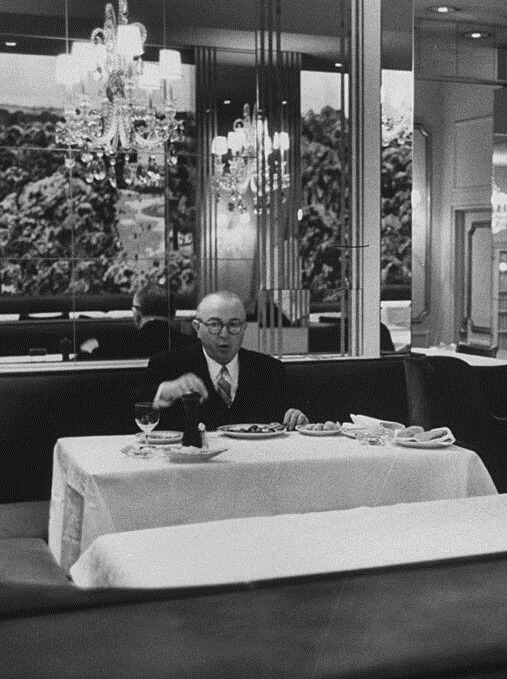
1964 – Present
Since Soule’s passing, the Inn changed hands more than a handful of times. Each new owner striving to meet the standards of excellence set a long time ago by Mrs. Hedges.
The current owner is an American businessman who restores historic homes. In 2016, the home finished its complete renovation with modern updates to every room. Our owner seeks no attention, and wishes your focus to be solely on this treasure you’ve not yet seen.
The Story of this House, was born on a foundation of love. Filled with memories of guests too many to count, and a family who called it home for nearly 300 years.
